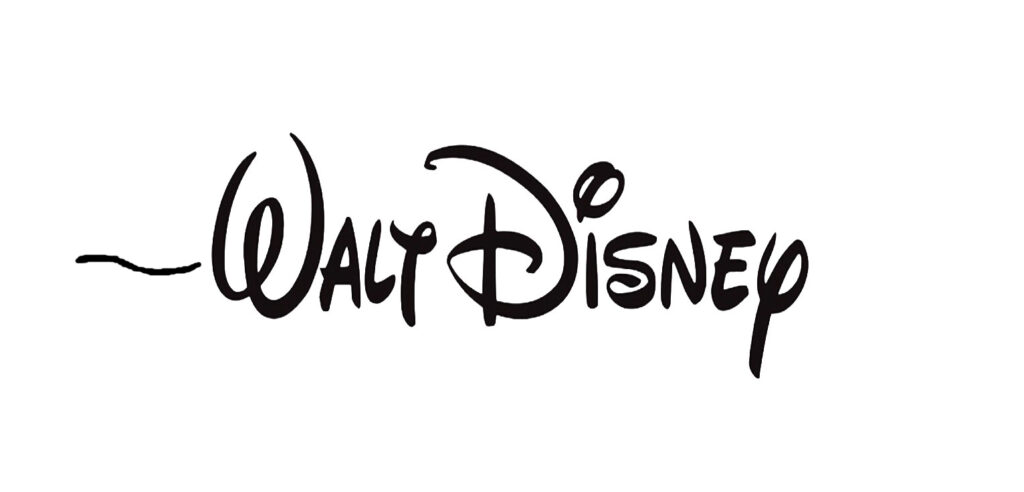SHAPING THE STORY
The story of Snow White and the Seven Dwarfs is a Bavarian fairytale collected by the brothers Grimm, Jacob Ludwig Karl (1785–1863) and Wilhelm Carl (1786–1859), in their 1812 publication Children’s and Household Tales, now familiarly known as simply Grimm’s Fairy Tales. Snow White is designated “Tale 53”. (The Sleeping Beauty is another of those collected stories.)
The tale is also said to be found in the Middle East, in China, in India and in the Americas. …parallels are also said to exist in Central Asia and Eastern Siberia, among the Mongolians and Tungusian peoples. …A scholarly inquiry …found thirty-seven variants of the tale across Italian sources.[1]
In the Grimms’ recounting of Snow White, the Queen is actually the princess’s biological mother not her stepmother. She requires that the Huntsman murder her own daughter and bring her the dead girl’s lungs and liver so she can boil them in brine and dine upon them. Which she does unaware that the ingredients are the entrails of a pig rather than her daughter’s! At her child’s triumphant wedding, the malign sovereign is forced to wear red-hot iron shoes and dance to her death in them. Grim indeed!
The movie is less grim than the Grimm fairytale on which it is based, but it is still tense as well as tender, and one of the strengths of the film is its compelling narrative – mirth, music and murder are all artfully mixed.[2]
That compelling narrative was not at first very compelling. The cartoon shorts during the decade that preceded Snow White were constructed each around a basic theme – an environment (such as Hawaii), a task (such as clock-cleaning), a stage show (such as an amateur hour) and the like – upon which a series of gags particular to the starring character(s) was piled on. Sometimes there was a simple plot, often not.
On August 9, 1934, twenty-one pages of notes—entitled “Snowhite (sic) suggestions” – were compiled by staff writer Richard Creedon [1890-1974], suggesting the principal characters, as well as situations and “gags” for the story. As Disney had stated at the very beginning of the project, the main attraction of the story for him was the Seven Dwarfs, and their possibilities for “screwiness” and “gags”; the three story meetings held in October… were dominated by such subjects… Creedon’s eighteen-page outline of the story written from the October meetings, featured a continuous flow of gags.[3]
Walt even offered all employees $5 for each usable gag. Though this method adopted from the shorts informed initial story work on Snow White, it quickly became apparent that gags – however restrained and occasional throughout – could not comprise the brunt of the film.
A feature film would have to have tender moments, sincere moments, quiet moments. There would be a need for drawings with great appeal, characters with life and believability, and personalities that could hold an audience for well over an hour. Gags, funny actions, and visual tricks would not do it.[4]
Instead, careful plotting that took into account an engaging contrast between scenes of delight, of horror, of comedy, of tragedy while at the same time developing a basic throughline entailed ceaseless deliberation right up to only weeks before the feature premiered.
The film originally showed Snow White’s mother dying in childbirth; this was cut from the film at the very last minute… There was not a detail of the film that had not been discussed, picked apart, tried, rejected, tried again, and perhaps again and again and again.[5]
After a first-time screening of rough animation for the entire film the artists realized …
…the tension between the vain queen and the girl she was determined to kill was the main drive of the picture, and anything that interfered with this story progression seemed extraneous…[6]
The Grimm brothers fairytale may (or may not!) make a good bedtime story for children, but for a full-length feature film it provided only a bare minimum of action and characterization.
But here, for the first of many times, the Disney staff faced the challenge of taking a simple tale and stretching it out to the length of a feature film, achieving the proper balance between the plot motivation of the central character(s) and the comedy relief supplied, in this case, by the dwarfs.[7]
Walt’s unceasing meditation on the elements of this story gradually elaborated it into the amazing cinematic experience that finally reached the screen after three years’ intense labor.
[1] From Wikipedia under “Snow White”
[2] Synard, Neil: The Best of Disney, Portland House – A Division of Crown Publishers, Inc., New York, NY, 1988, p.36
[3] Snow White and the Seven Dwarfs (1937 film) from Wikipedia
[4] Johnston, Ollie, and Thomas, Frank: Disney Animation – The Illusion of Life, p. 90.
[5] Maltin, Leonard: The Disney Films, Crown Publishers, Inc., New York, 1973, p. 29.
[6] Johnston, Ollie, and Thomas, Frank: Disney Animation – The Illusion of Life, Abbeville Press, Publishers, New York, NY, 1981, page 232 and 234.
[7] Maltin, Leonard: op. cit., p. 28.
